Elevating Your Kitchen Design with a Green Backsplash
A kitchen backsplash not only serves a practical purpose by protecting your walls from spills and splashes but also offers an opportunity to add style and personality to your space. In recent years, green backsplashes have become increasingly popular for their versatility and ability to bring a fresh, natural element into the kitchen. From subtle mint tones to bold emerald hues, a green backsplash can transform your kitchen into a vibrant and inviting space. Let’s explore the various aspects of incorporating a green backsplash into your kitchen design.

Choosing the Right Shade of Green
The first step in designing a kitchen with a green backsplash is selecting the right shade of green that complements your overall aesthetic and design preferences. Green comes in a wide range of tones, from soft pastels to deep jewel tones, each evoking a different mood and atmosphere in the kitchen.
Soft and Subtle: Soft shades of green, such as mint or sage, create a serene and calming atmosphere in the kitchen. These lighter tones are perfect for creating a fresh and airy feel, especially in smaller kitchens or those with limited natural light.
Bold and Vibrant: For a more dramatic look, consider opting for bold and vibrant shades of green, such as emerald or forest green. These deep, rich tones add a sense of luxury and sophistication to the kitchen and serve as a striking focal point.
Neutral Greens: Neutral greens, such as olive or celery, offer a versatile option that pairs well with a variety of color schemes and design styles. These muted tones provide a subtle pop of color without overpowering the space, making them ideal for those seeking a more understated look.
Patterned Tiles: In addition to solid colors, consider incorporating patterned tiles into your green backsplash design. From geometric patterns to intricate motifs inspired by nature, patterned tiles can add visual interest and texture to your kitchen while still incorporating the beauty of green.

Material Options for Green Backsplashes
When it comes to material options for your green backsplash, there are several choices to consider, each offering its own unique advantages in terms of durability, maintenance, and aesthetics.
Ceramic or Porcelain Tiles: Ceramic and porcelain tiles are popular choices for kitchen backsplashes due to their durability and versatility. They come in a wide range of colors and patterns, including various shades of green, and are easy to clean and maintain.
Glass Tiles: Glass tiles are another popular option for backsplashes, thanks to their sleek and modern appearance. Green glass tiles can add a pop of color and shine to your kitchen, reflecting light and creating a luminous effect.
Natural Stone: For a more rustic or organic look, consider using natural stone tiles for your green backsplash. Materials such as marble, travertine, or slate offer unique textures and variations in color, adding warmth and character to the kitchen.
Painted or Wallpapered Backsplashes: If you’re on a budget or looking for a temporary solution, painted or wallpapered backsplashes can provide a quick and affordable way to incorporate green into your kitchen design. Opt for high-quality paint or wallpaper that is resistant to moisture and easy to clean.
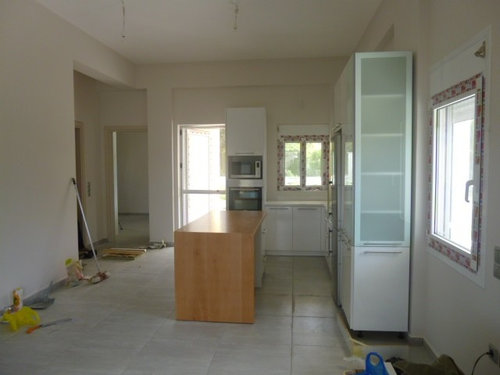
Designing a Cohesive Kitchen Space
When designing a kitchen with a green backsplash, it’s essential to consider how it will harmonize with the rest of the space, including cabinetry, countertops, and flooring.
Cabinetry: The color and finish of your kitchen cabinets will have a significant impact on how the green backsplash is perceived. For a cohesive look, choose cabinetry in complementary or contrasting colors that enhance the beauty of the green backsplash.
Countertops: When selecting countertops to pair with a green backsplash, opt for materials that complement rather than compete with the green tones. Natural stone countertops in neutral colors like white, beige, or gray provide a timeless and elegant backdrop for a green backsplash.
Flooring: Flooring choice can tie the entire kitchen together, creating a cohesive and harmonious design. Consider materials like hardwood, ceramic tile, or natural stone in neutral tones that complement the green backsplash and other elements of the kitchen.
Accents and Accessories: To enhance the overall aesthetic of your kitchen with a green backsplash, incorporate accents and accessories that echo the color palette. This could include green-hued kitchen appliances, decorative accessories, or even potted plants to bring the beauty of nature indoors.
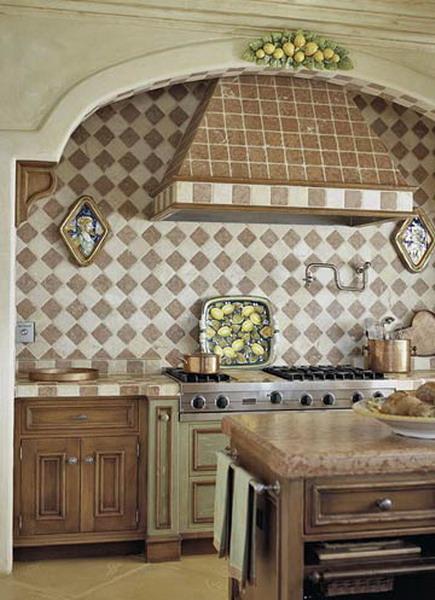
Maintenance and Care Tips
Proper maintenance and care are essential for keeping your green backsplash looking pristine and beautiful for years to come.
Regular Cleaning: Wipe down your green backsplash regularly with a mild detergent and water solution to remove any grease, grime, or food splatters. Avoid using harsh chemicals or abrasive cleaners that can damage the surface of the tiles or grout.
Sealing Natural Stone: If you’ve opted for natural stone tiles for your green backsplash, be sure to seal them regularly to protect against stains and moisture damage. Consult with a professional to determine the appropriate sealant for your specific type of stone.
Grout Maintenance: Keep the grout lines in your green backsplash clean and free of dirt and mildew by scrubbing them periodically with a grout brush and mildew-resistant cleaner. Seal the grout annually to prevent staining and water penetration.
Avoiding Heat and Impact: Be mindful of placing hot pots and pans directly on your green backsplash, as high heat can damage certain materials like glass or ceramic tiles. Use trivets or hot pads to protect the surface from heat damage. Additionally, avoid hitting or banging the backsplash with heavy objects to prevent chipping or cracking.
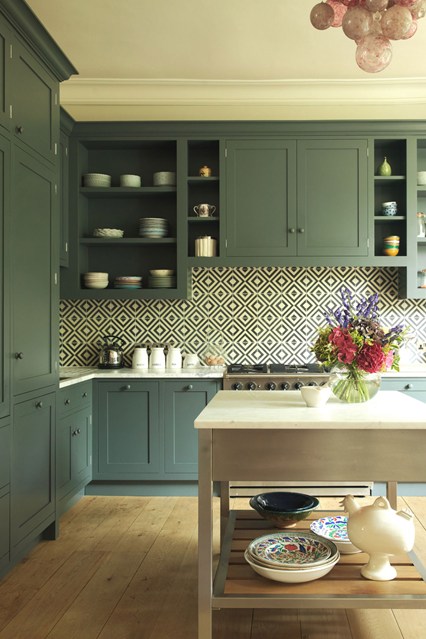
Common Mistakes to Avoid
When designing a kitchen with a green backsplash, it’s essential to avoid common pitfalls that can detract from the overall aesthetic and functionality of the space.
Choosing an Overly Trendy Shade: While green backsplashes are currently on-trend, it’s essential to choose a shade of green that you’ll love for years to come. Avoid overly trendy or unconventional shades that may quickly go out of style.
Neglecting to Consider Lighting: The amount of natural and artificial light in your kitchen can significantly impact how the green backsplash appears. Be sure to consider lighting conditions when selecting the shade and material for your backsplash to ensure it looks its best day and night.
Forgetting About Practicality: While aesthetics are essential, don’t overlook the practical aspects of your green backsplash, such as maintenance, durability, and ease of cleaning. Choose materials and finishes that can withstand the demands of daily use in the kitchen.
Overlooking the Importance of Cohesion: A green backsplash should complement the other elements of your kitchen design, including cabinetry, countertops, and flooring. Ensure that all elements work together harmoniously to create a cohesive and visually appealing space.
Skipping Professional Installation: Proper installation is crucial for ensuring that your green backsplash looks and performs its best. Unless you have experience with tile installation, it’s best to hire a professional to ensure a flawless result and avoid costly mistakes.
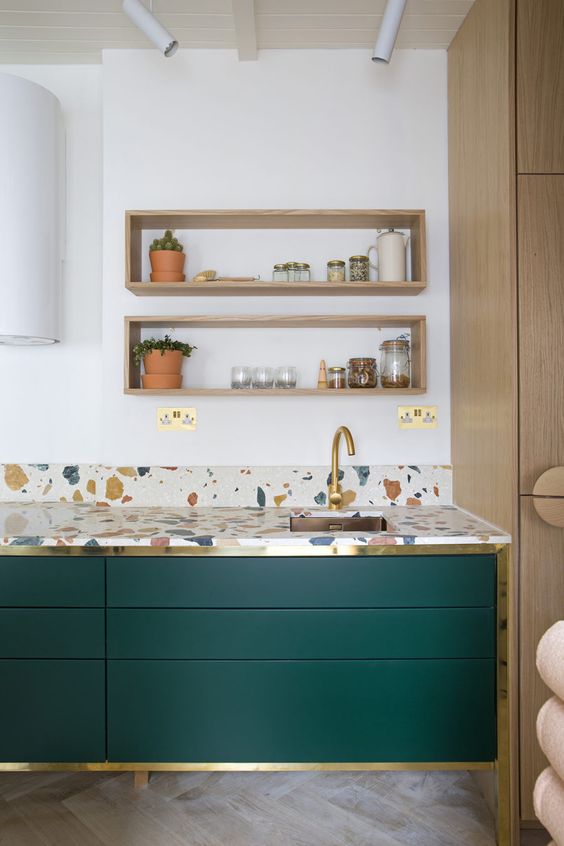
Are green backsplashes suitable for all kitchen styles?
Green backsplashes can complement a variety of kitchen styles, from modern and contemporary to traditional and rustic. However, it’s essential to choose the right shade and material of green to suit the overall aesthetic of your kitchen.
How do I prevent my green backsplash from looking too overwhelming?
To prevent a green backsplash from overpowering the space, consider balancing it with neutral elements such as white cabinetry, light-colored countertops, and natural wood accents. This will create a sense of balance and harmony in the kitchen.
Can I mix different shades of green in my backsplash design?
Mixing different shades of green can add depth and dimension to your backsplash design, but it’s essential to do so thoughtfully. Stick to a cohesive color palette and consider using lighter and darker shades to create contrast and visual interest.
What’s the best way to clean and maintain a green backsplash?
Regular cleaning with a mild detergent and water solution is usually sufficient for maintaining a green backsplash. Avoid using abrasive cleaners or harsh chemicals that can damage the surface of the tiles or grout. Additionally, be sure to seal natural stone tiles regularly to protect against stains and moisture damage.
Are green backsplashes a timeless choice for kitchen design?
Green backsplashes have been a popular choice in kitchen design for many years and are considered a timeless option that can add a touch of color and personality to any space. However, it’s essential to choose a shade of green that you love and that complements your overall design aesthetic to ensure that it stands the test of time.
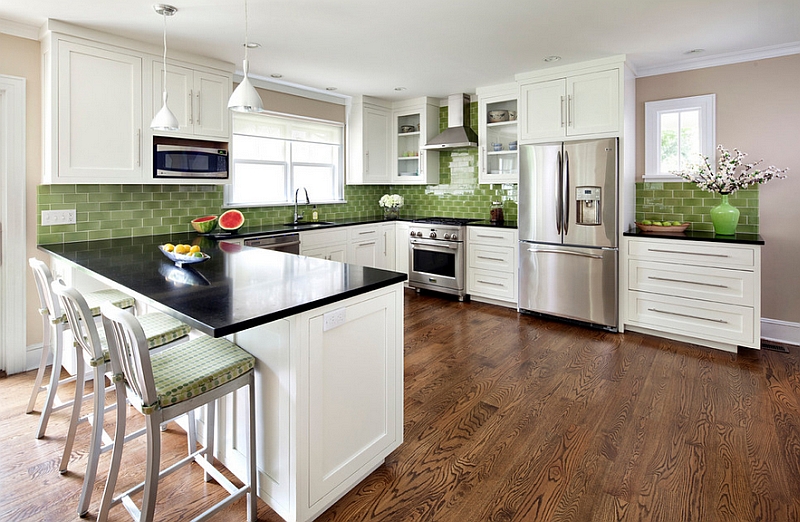
Exciting green ideas for kitchen backsplashes – Ecofriend
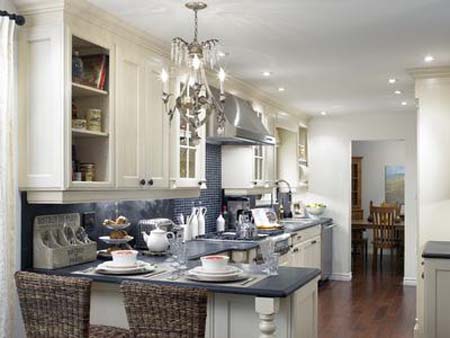
Blue-green glass subway tile backsplash Glass subway tile backsplash, Glass tile backsplash

Kitchen with Green Backsplash Design Ideas & Remodel Pictures Houzz
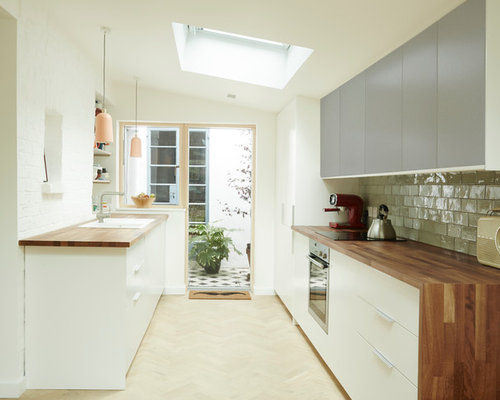
Decor Trends That Will Be Still On In 2024
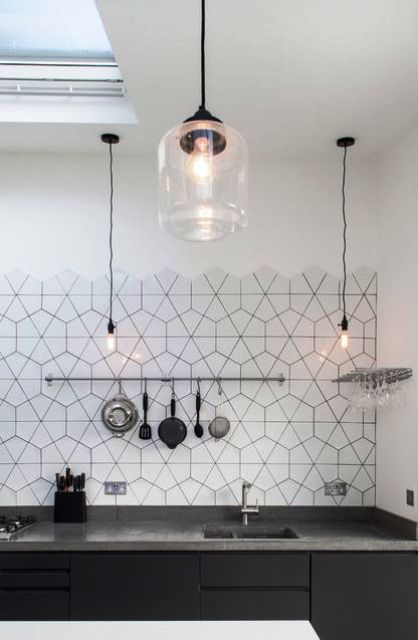
Small Kitchen With Green Tile Backsplash
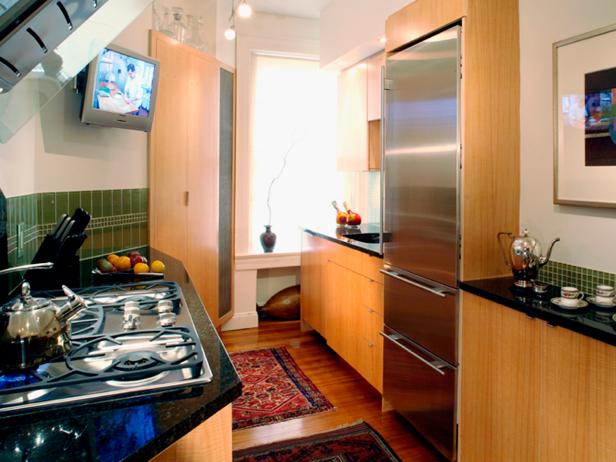
Related Posts:
- Cheap DIY Kitchen Backsplash
- Vinyl Kitchen Tiles Backsplash
- Small Kitchen Backsplash Ideas
- Modern Farmhouse Kitchen Backsplash
- Green Kitchen Backsplash Ideas
- Mexican Tile Backsplash Kitchen Ideas
- Rustic Stone Kitchen Backsplash
- Kitchen Backsplash Tile Ideas
- Decorative Kitchen Backsplash Ideas
- Kitchen Backsplash Tile Designs